KuneKune Pigs

A Grass-Fed & Gentle Breed from New Zealand
by Holly Madrigal
Ask a toddler to describe a pig, and they may describe a pink, oinking, curly-tailed animal from Old MacDonald’s Farm. But stop by Sean Armstrong’s farm in the rich farmland of Arcata, California, and you will see something different. KuneKune pigs are hairy, with colorful spots ranging from gold to chocolate. Their upturned noses and slightly squished faces are as distinctive as their short stature and round bellies, and they have distinctive wattles that hang down from their chins. They oink happily as they forage around the enclosure, and Sean Armstrong smiles broadly at his KuneKune as they snuffle around looking for treats.
Sean is a renaissance man who is deeply passionate about affordable housing, the clean energy transition, indigenous justice, and small scale organic farming. His interests have always been wide ranging and eclectic. Reflecting that, in 2008, he turned his focus toward importing a little known breed of pig to the U.S.—KuneKune—one of only two types of grass-fed pig in the world, and so small and tame they could be safely farmed outside of barns.
KuneKune have an interesting history. They originated in New Zealand, where they were bred by Māori farmers in the 1800s (“KuneKune,” in fact, is a Maori word meaning “fat and round”). They are known for their docile temperament and ability to graze on pasture, while producing high-quality meat. They are unlike any other breed in the world.
There is no certainty about how the pigs came to the island, but they are not the same breed as those brought by Captain Cook. Ancient middens of the Māori do not show pig bones, so it appears the original pig population may have been brought on Chinese whaling ships in the late 1700s. The Māori are master farmers, descending from Polynesians who bred bananas, chickens, sugarcane, citrus, and more crops that were brought to New Zealand in roughly 1250. The founding stock of pigs was dramatically altered by the Māori breeders, ultimately shifting its digestive system to eat just grass, shrinking its legs to half size, its nose into a near-pug, and its personality so sweet you can pick up shrieking piglets without upsetting the mother.
In the 1970s, when they were facing instinction, two New Zealand biologists brought the breed to the wider world, buying roughly 10% of the existing stock kept by Māori farmers, creating a breed standard and registry for purebreds, and showing them at a zoo amusement park to the New Zealand public, where one-third of the population still live on small farms wells suited for KuneKunes. The pigs first arrived in Britain in 1992, brought by a couple charmed by the KuneKune while visiting New Zealand. They realized the importance of having a population in a different country as insurance against disease on the islands or similar catastrophes.
In the early 2000s, Sean became interested in the breed and traveled to New Zealand with the intention of importing them to his diversified farm in Arcata. It is likely he would have brought in more investors if he had known what he was getting into. It was a huge investment—two years and $70,000—to get 10 of the pigs to the United States and then to Arcata, when the piglets only cost $50 each in New Zealand. Exporting animals from New Zealand, an island nation that takes biosecurity exceptionally seriously, took a year of paperwork followed by a year of multi-stage quarantines. The United States then required one month of USDA-overseen quarantine in upstate New York, on the other side of the continent from Arcata. Sean spent extra effort, time, and money to get genetically diverse, healthy piglets, selecting the best 10, nine of which survived.
Sean worked with a New Zealand couple that has raised the pigs themselves as part of their permaculture food forest. He visited eight farms and multiple breeders that were providing the piglets, taking voluminous notes on how to care for these unique pigs. “We think that this can be an almost revolutionary product in the United States,” says Sean. “The KuneKune is an ultra-tame, tiny pig that can eat grass like a cow and has a pug nose so it can’t root up the pasture.”
Now, more than twenty years later, those first pigs that were brought to Arcata have been bred and their offspring sent all over the U.S. and Canada, and there are now tens of thousands of descendants. Sean’s herd, originally owned with his ex-wife, once numbered one hundred. Life changes and new farming priorities—a three-acre fruit forest—have shifted Sean’s focus, and now his herd consists of just four pigs.
KuneKune enthusiasm has exploded across the U.S., with hundreds of breeders dedicated to maintaining and improving the breed. The KuneKune Facebook group is lively, friendly, and full of advice and camaraderie, and includes not only breeding tips and standards but also troubleshooting.
When I ask Sean if he would do it again, he replies, “I actually dream about doing it again, but only approaching Māori farmers next time, and paying them well for what they have—far more genetic diversity in their herds. White farmers in New Zealand that we sourced from only had access to 10% of the Māori’s KuneKune herd, and the resulting inbreeding shows up in birth deformities and health issues that we have to work hard to weed out. So I’d like to do it again in collaboration with other U.S. breeders and Māori farmers, with a redoubled focus on genetic diversity.”
Sean’s investment has paid off, if in no other way than in the proliferation of a species in danger of extinction a mere 50 years ago. Thanks to his efforts, American farms and homesteads can now include KuneKune. Cute, docile, and grass-fed, they are a truly unique breed of pig.
